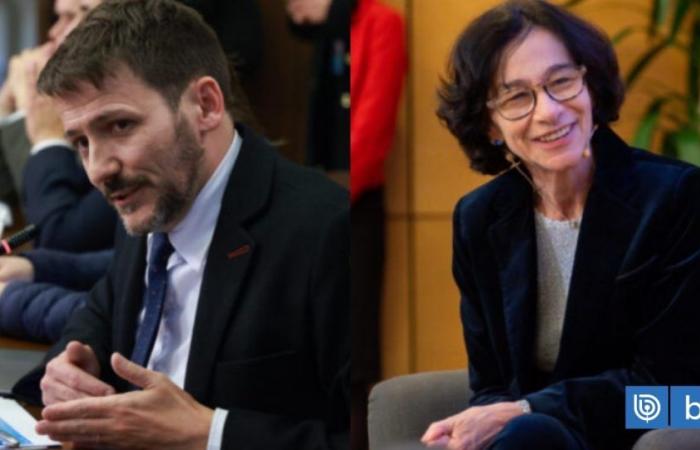
Relations between the Central Bank and the government, specifically with the Ministry of Finance and the Ministry of Energy, have been cooling, sharpening differences on issues regarding the respective matters.
Firstly, the monetary policy body has called for caution, despite the fact that the Executive has stated, on several occasions, that inflation is being defeated.
Meanwhile, the Minister of Energy, Diego Pardow, questioned the Central Bank for not anticipating, in the monetary policy reports (IPoM) prior to June, the effect of price stabilization on electricity accounts.
Given this, Rosanna Costa, consulted by La Radio, responded that “the information we have was published on May 23 on the website of the National Energy Commission. There the technical report is installed, which shows what the content is and how the new law that is approved in April is translated.”
For his part, Senator Juan Luis Castro (PS), president of the Mining and Energy Commission, pointed out that “since 2022, the figures for indebtedness with the generators have been known. This is part of macroeconomics. So, it seems surprising that the Central Bank is now taking charge of the PEC 2 from two years ago and the latest rate stabilization law.”
On the contrary, Senator Rafael Prohens (RN) commented that “obviously tariff regulation does not depend on the Central Bank, when to give in, but on the National Energy Commission. And they are the ones who have been late in delivering that information, and that is why the Central Bank makes it known the moment it reaches their hands.”
Check all the details in the video.
Relations between the Central Bank and the government, specifically with the Ministry of Finance and the Ministry of Energy, have been cooling, sharpening differences on issues regarding the respective matters.
Firstly, the monetary policy body has called for caution, despite the fact that the Executive has stated, on several occasions, that inflation is being defeated.
Meanwhile, the Minister of Energy, Diego Pardow, questioned the Central Bank for not anticipating, in the monetary policy reports (IPoM) prior to June, the effect of price stabilization on electricity accounts.
Given this, Rosanna Costa, consulted by La Radio, responded that “the information we have was published on May 23 on the website of the National Energy Commission. There the technical report is installed, which shows what the content is and how the new law that is approved in April is translated.”
For his part, Senator Juan Luis Castro (PS), president of the Mining and Energy Commission, pointed out that “since 2022, the figures for indebtedness with the generators have been known. This is part of macroeconomics. So, it seems surprising that the Central Bank is now taking charge of the PEC 2 from two years ago and the latest rate stabilization law.”
On the contrary, Senator Rafael Prohens (RN) commented that “obviously tariff regulation does not depend on the Central Bank, when to give in, but on the National Energy Commission. And they are the ones who have been late in delivering that information, and that is why the Central Bank makes it known the moment it reaches their hands.”
Check all the details in the video.





